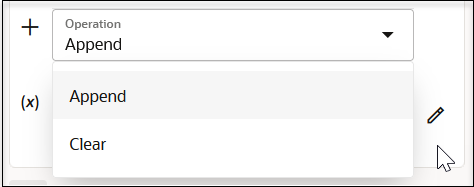Oracle Utilities Customer Cloud Service is a comprehensive SaaS solution designed to support utilities of all sizes with customer care, service orders, metering, and billing.
It provides the following features:
- Customer Information and Lifecycle Management:
- Covers sales and marketing, customer data management,
- service starts and stops, and both inbound and outbound customer interactions.
- Financial Management: Manages rating, billing, payments, and collections.
- Meter Data Management: Includes device and measurement management, data validation and estimation, and usage calculations.
- Service Order Management: Coordinates service order tasks.
- Operational Device Management: Manages assets, including device tracking, configurations, and settings.
- Oracle Utilities Cloud Service Foundation: Supports infrastructure processes, data migration, and batch scheduling.
- Oracle Utilities Analytics Visualization: Offers analytics tools with pre-built models, KPIs, and metrics for data analysis and visualization.
This cloud solution streamlines complex utility processes, enhances customer service, and provides insights for strategic decision-making.
In our project, we will cover the following:
- Metering
- Payment and collection
- Billing
- Customer interaction
Reference:
Prebuild integrations:
https://docs.oracle.com/en/industries/energy-water/cloud-integrations/index.html
Oracle Cloud Marketplace:
Import the prebuild oracle integration cloud project based accelerator from oracle cloud marketplace.
https://cloudmarketplace.oracle.com/marketplace/en_US/homePage.jspx
Rest apis:
https://docs.oracle.com/en/industries/energy-water/customer-cloud-service/restapi.html
























































